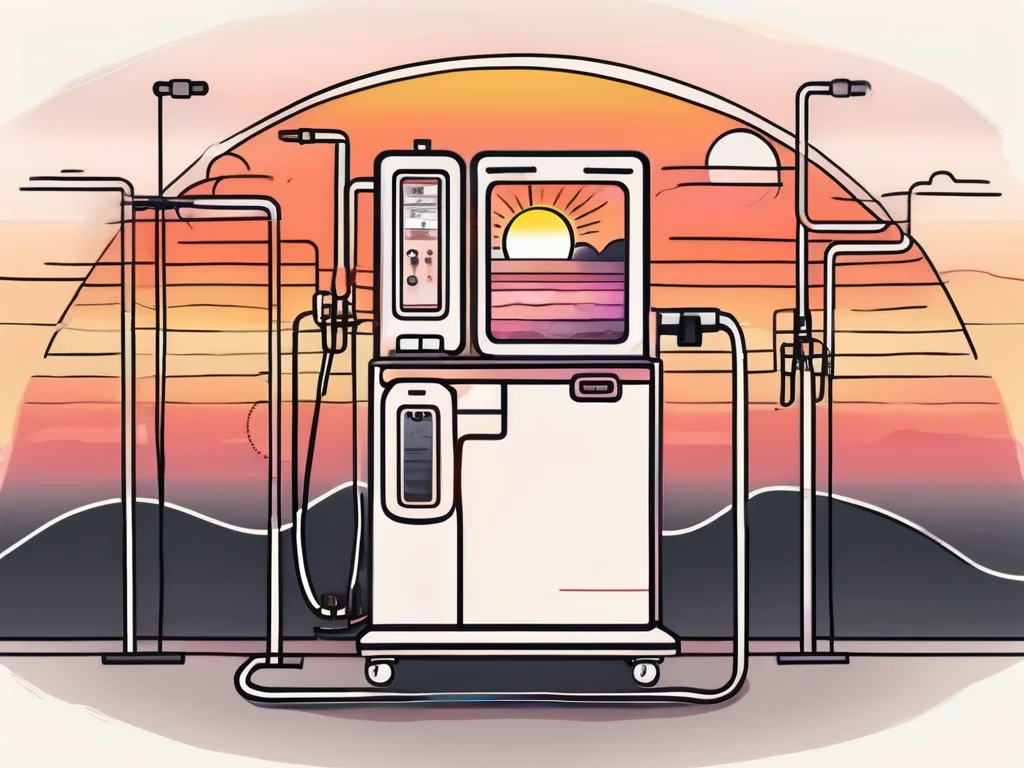Chronic kidney disease (CKD) is on the rise, increasing the need for dialysis to manage end-stage renal disease (ESRD). While dialysis extends life, it comes with challenges, including high mortality rates and complex health risks. Understanding these factors is critical to providing effective end-of-life care for dialysis patients. This article explores the key aspects of dialysis treatment, the challenges patients face, and strategies to improve their quality of life during end-of-life care.
What Is Dialysis and Its Role in ESRD?
Dialysis is a life-sustaining treatment for patients with ESRD, where the kidneys can no longer filter waste and excess fluids from the blood. It mimics kidney function by removing toxins and maintaining electrolyte balance. There are two main types:
- Hemodialysis: Blood is filtered through a dialyzer (artificial kidney) in a dialysis center, typically three times a week for 3-5 hours.
- Peritoneal Dialysis: The patient’s peritoneal membrane filters waste using a dialysis solution, often performed at home for greater flexibility.
Why It Matters: Dialysis regulates electrolytes (sodium, potassium, calcium), controls blood pressure, and prevents complications like fluid overload, ensuring a stable internal environment.
People Also Ask: What is the purpose of dialysis?
Dialysis removes waste, excess fluids, and toxins from the body, balances electrolytes, and manages blood pressure when kidneys fail, improving patient survival and comfort.
What Are the Main Challenges for Dialysis Patients?
Dialysis patients face significant physical, emotional, and financial challenges that impact their quality of life:
- Dietary Restrictions: Patients must limit protein, sodium, potassium, and phosphorus to avoid complications like electrolyte imbalances or fluid overload.
- Frequent Medical Visits: Hemodialysis requires regular trips to a dialysis center, disrupting daily routines.
- Emotional and Mental Strain: The ongoing need for treatment and monitoring can lead to feelings of frustration or helplessness.
- Financial Burden: Treatment costs, medications, and related expenses add up over time.
People Also Ask: What challenges do dialysis patients face?
Dialysis patients deal with strict diets, frequent medical appointments, emotional stress, and high treatment costs, all of which affect their well-being.
What Are the Leading Causes of Mortality in Dialysis Patients?
Despite its benefits, dialysis does not eliminate mortality risks. Key factors contributing to high mortality rates include:
- Cardiovascular Disease:
- Dialysis stresses the heart through fluid shifts, increasing risks of heart attacks, strokes, and heart disease.
- Comorbidities like diabetes and hypertension worsen cardiovascular outcomes.
- Infections:
- Weakened immune systems and frequent healthcare exposure heighten infection risks, particularly bloodstream infections.
- Dialysis-Related Complications:
- Issues like vascular access infections, clotting, hypotension, or muscle cramps can disrupt treatment and lead to severe outcomes.
- Underlying CKD Complications:
- High blood pressure, anemia, and bone disorders persist despite dialysis, requiring ongoing management.
People Also Ask: Why do dialysis patients have high mortality rates?
Dialysis patients face increased risks of cardiovascular issues, infections, and treatment-related complications, compounded by chronic kidney disease effects.
How Can End-of-Life Care Be Optimized for Dialysis Patients?
End-of-life care for dialysis patients focuses on comfort, dignity, and quality of life when treatment burdens outweigh benefits. Key components include:
1. Palliative Care for Dialysis Patients
Palliative care addresses physical symptoms (pain, fatigue), emotional distress, and spiritual needs. It aims to:
- Relieve discomfort and improve well-being.
- Provide psychological support for patients and families.
- Ensure a dignified end-of-life experience.
People Also Ask: What is palliative care for dialysis patients?
Palliative care enhances comfort and quality of life for dialysis patients by managing symptoms and offering emotional and spiritual support.
2. Advance Directives
Advance directives allow patients to outline their healthcare preferences, such as continuing or stopping dialysis, and designate a decision-maker if they become incapacitated.
- Why It’s Important: Clear communication ensures patients’ wishes are respected, reducing stress for families and healthcare providers.
- How to Implement: Discuss preferences with healthcare teams and document them legally.
People Also Ask: What are advance directives for dialysis patients?
Advance directives are legal documents that outline a patient’s healthcare preferences, ensuring their end-of-life wishes are followed.
How to Improve Quality of Life for Dialysis Patients
Enhancing quality of life requires addressing both physical and emotional needs:
- Nutritional Counseling:
- Dietitians can help patients adhere to dietary restrictions, preventing complications like electrolyte imbalances.
- Tailored meal plans improve compliance and overall health.
- Mental Health Support:
- Regular mental health assessments and counseling address feelings of frustration or depression.
- Support groups connect patients with peers facing similar challenges.
- Education and Empowerment:
- Educate patients about dialysis options (hemodialysis vs. peritoneal dialysis) to choose what fits their lifestyle.
- Training for peritoneal dialysis at home promotes independence.
- Remote Monitoring:
- Technology enables healthcare providers to monitor vital signs remotely, reducing the need for frequent visits.
People Also Ask: How can quality of life be improved for dialysis patients?
Nutritional counseling, mental health support, patient education, and remote monitoring help dialysis patients manage challenges and live more comfortably.
What Are the Differences Between Hemodialysis and Peritoneal Dialysis?
| Aspect | Hemodialysis | Peritoneal Dialysis |
|---|---|---|
| Location | Dialysis center or hospital | Home or portable |
| Frequency | 3 times/week, 3-5 hours/session | Daily, flexible scheduling |
| Mechanism | Blood filtered via dialyzer | Peritoneal membrane filters via solution |
| Lifestyle Impact | Requires travel, rigid schedule | More flexibility, self-managed |
| Risks | Vascular access issues, infections | Peritonitis, catheter-related infections |
People Also Ask: What’s the difference between hemodialysis and peritoneal dialysis?
Hemodialysis is done in a center using a machine, while peritoneal dialysis is home-based, using the peritoneal membrane for filtration.
How Do Cardiovascular Risks Affect Dialysis Patients?
Cardiovascular disease is the leading cause of death in dialysis patients due to:
- Fluid Shifts: Rapid fluid removal during hemodialysis stresses the heart.
- Comorbidities: Diabetes and hypertension, common in ESRD patients, increase cardiovascular strain.
- Management Strategies: Monitor blood pressure, manage medications, and promote heart-healthy lifestyles.
People Also Ask: Why are cardiovascular risks high in dialysis patients?
Fluid shifts during dialysis and comorbidities like diabetes increase the risk of heart disease, heart attacks, and strokes.
Conclusion
Providing effective end-of-life care for dialysis patients requires understanding the complexities of ESRD, dialysis treatment, and associated risks. By addressing cardiovascular risks, infections, and dialysis-related complications, healthcare providers can improve patient outcomes. Palliative care and advance directives ensure comfort and dignity, while nutritional counseling, mental health support, and patient education enhance quality of life. Tailoring care to individual needs allows dialysis patients to navigate their journey with greater ease and respect.




